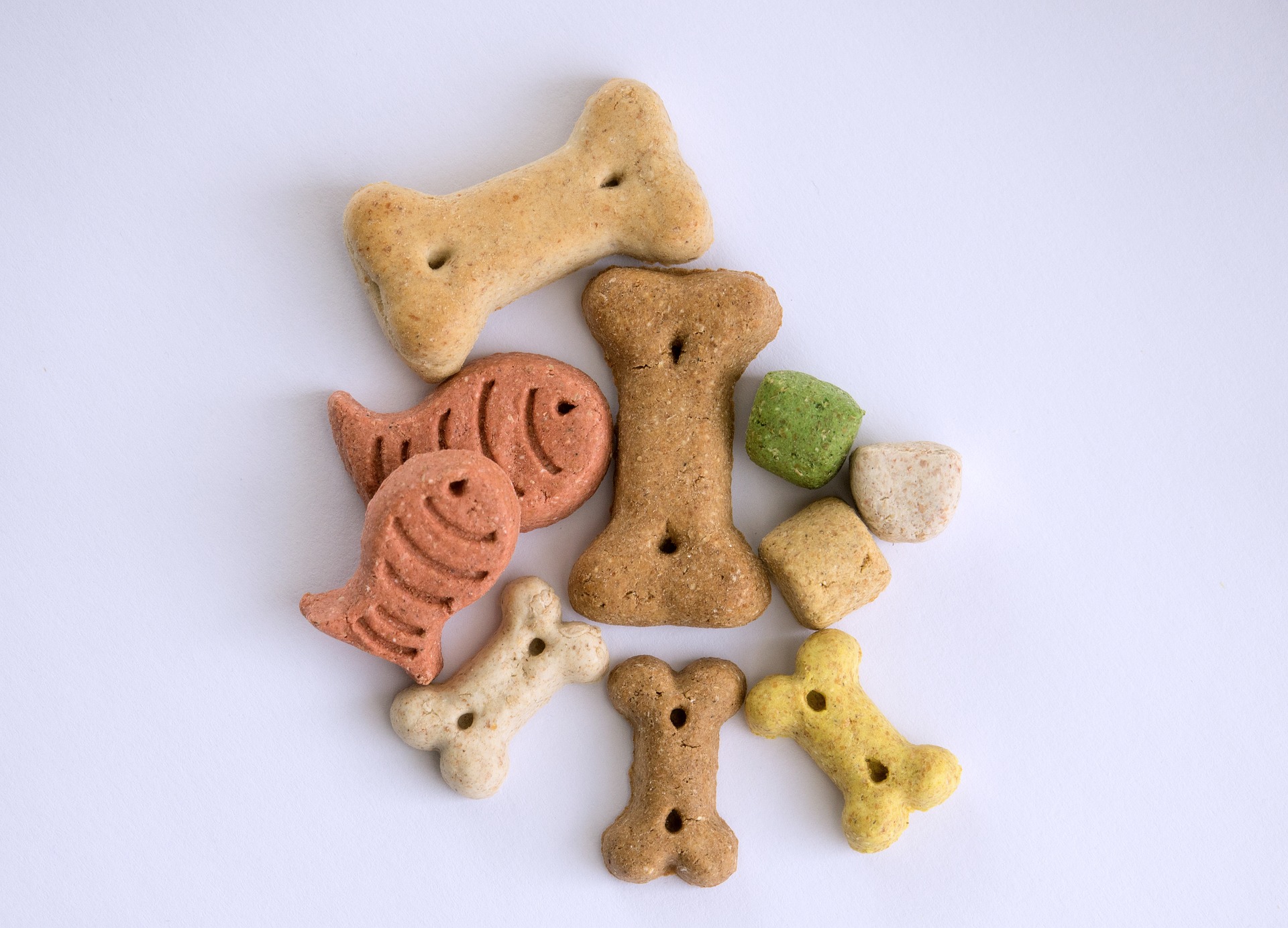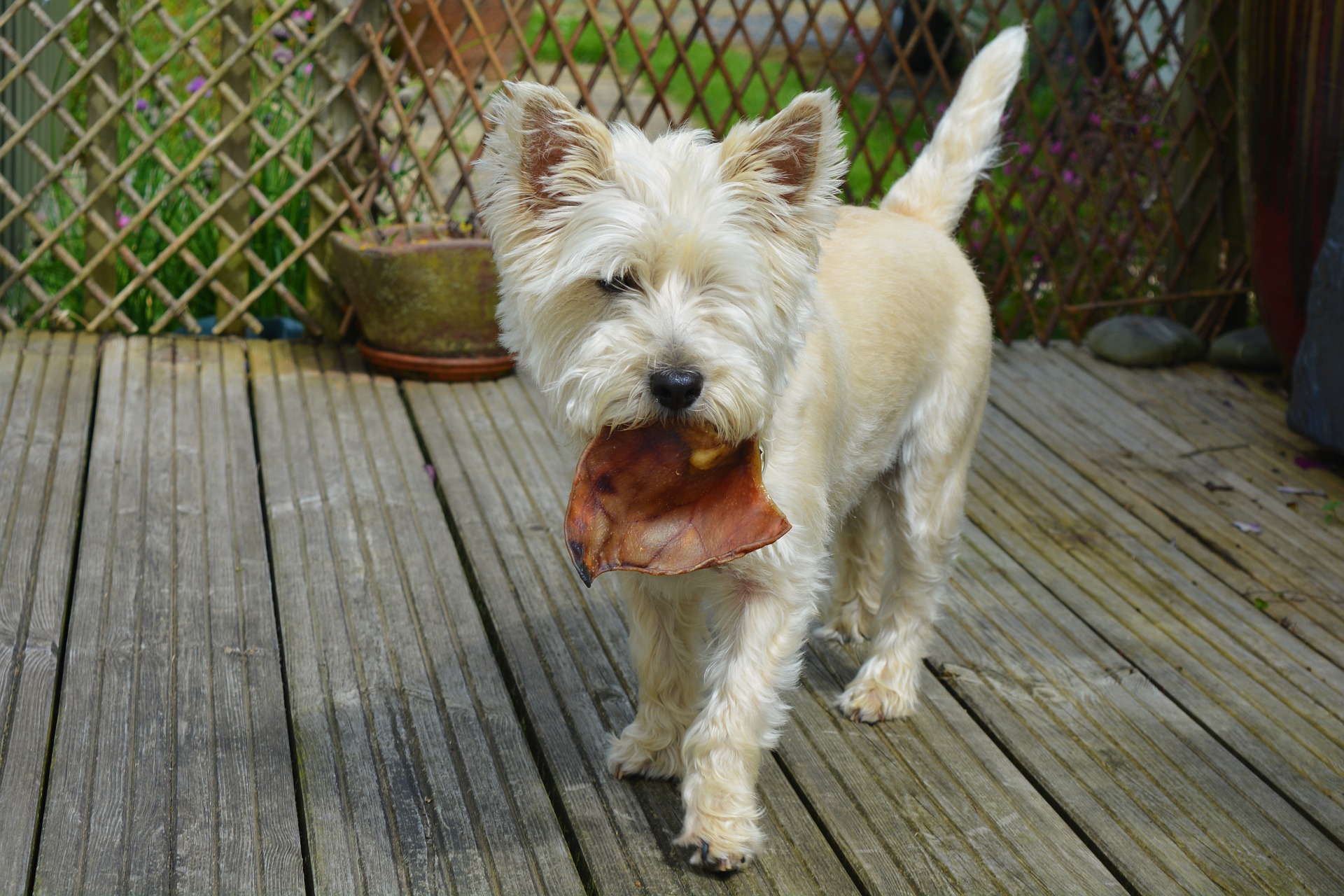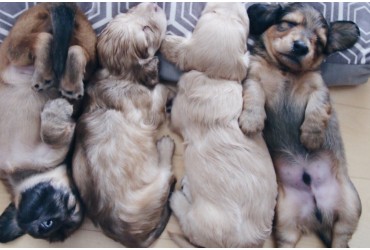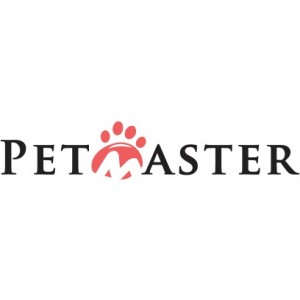5 Things You Might Not Know About Pet Foods
More than 2,000 years ago, the first farming manual on farm dogs’ diet emerged from Roman poet and philosopher Marcus Terentius Varro. His advised that farm dogs should be fed barley bread soaked in milk and bones from dead sheep. During the middle ages, the diet of domesticated dogs depended on the status of their owners. Royal hounds were commonly fed stews (grains, vegetables, leftover meats and livestock’s organs); common household dogs were fed whatever their owners could spare––bread crusts, bare bones, potatoes, and cabbage.
Pet foods have since evolved and now caters to our convenience as fuss-free way to provide our fur companions with adequate nutrients. The quality and variety of pet foods have also increased with pet nutrition awareness and the humanisation of our pets. While the focus is placed greatly (and rightly so) on pet food ingredients and the identification of the right pet foods to offer your furry ones, there are may be some other interesting insights to pet foods.
Here are 5 interesting things you probably did not know about pet foods:

1. An electrician kick-started the production of commercial dog food.
Ohio electrician and salesman James Spratt was on his way to sell lightning rods in London when he witnessed dogs being fed discarded ship biscuits. The idea of designing biscuits specifically for dogs struck (haha) him, the world’s first dog biscuit (Spratt’s Dog Cakes) was born. Made from a mixture wheat meal, beetroot, beef blood, and vegetables, the dog biscuit was extremely well-received by dogs and their parents. Following his success in England, Spratt brought his product to New York and gave rise to the American Pet Food Industry.
2. World War 1 birthed the creation of canned dog food; World War 2 transformed them into bagged kibbles.
The end of the first World War introduced technology like cars and tractors, which eliminated the need for horses. PM Chapel saw an opportunity to turn the surplus of horses into profit––he started selling canned dog food made from horse meats under the brand Ken-L-Ration.
However, the when the second World War rolled around, metals were rationed to build weapons for their soldiers. Dog foods were unfortunately classified as non-essential and the metal used to make cans for them were no longer available. This change led Ralston Purina to create the extrusion process, which produced “kibbles” as dog and cat food with long shelf lives that can be stored in bags.

3. Steve Brown transformed the pet food industry in less than 20 years.
Known as the “God Father of Raw”, Steve Brown started his first professional career in the technology industry before finding his path into the dog food industry. His love for his dog led to the creation of small, low-calorie dog treats (Charlee Bear dog treats) and subsequently sparked his interest in canine nutrition. Unsatisfied with the convention pet diets then, Steve used his knowledge on dog nutrition to design raw frozen canine diets, the first raw pet food in USA, and educated the society on the importance of raw and ancestral-type diets for dogs. This led to a dramatic transformation in the quality of pet foods in less than 20 years; from about 10 stores in the USA that caters to raw pet foods, to tens of thousands of stores selling raw diets.
4. Pet foods probably smell stronger than they taste.
With a lot less taste buds than humans, our dogs and cats determine the appeal of their meals from the way it smells. The smell of their meals play a great part in how they determine what to eat––the more delicious smelling the food is, the more appealing it is to your furry friends. Given that their sense of smell is a lot stronger than their sense of taste, our fur companions care lesser about how their meals taste than how it smells.
If you ever wondered why your dog or cat seems more interested in your food than their own, the mystery is solved!
5. Cat food has a stronger aroma than dog food
Witnessing your dog snapping up leftovers in the cat’s food bowl will support the above point. Cat foods usually contain more fats and protein than dog foods, which can make its smell and taste more appealing. While the ingredients used in both commercial diets can be the same, the quantity and ratio of each ingredient vary. This is because commercial dog and cat foods are designed based on solely the species’ needs for survival. Cats and dogs require very different amounts of vitamins and minerals; cats also require more protein and fat levels than dogs. Feeding the wrong amounts of nutrients, vitamins, and minerals will definitely lead to health problems. If you own both a cat and a dog, keep an eye on the pup who’s eying kitty’s food bowl!
How many of these do you already know?
Tags: Dog Foods




